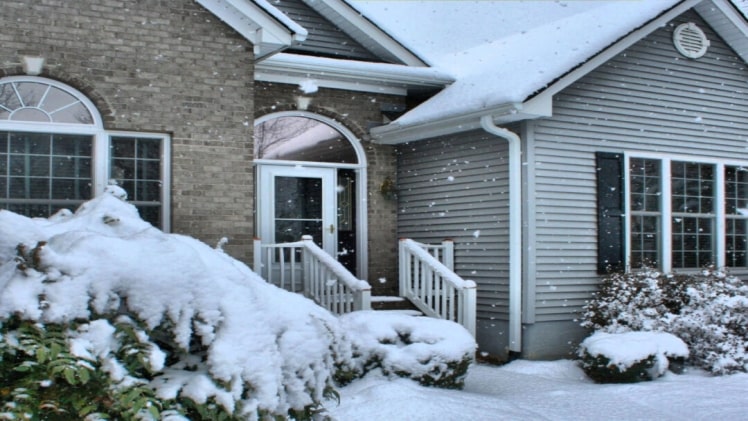Introduction:
Snow will inevitably come at some point, so you might as well prepare your house plumbing for heavy snow.
If you don’t have the right type of pipe under your home, there are certain things you can do to avoid a catastrophic event when that time comes. You should check the pipes to see if they are currently frozen or not, and then take measures to prevent them from freezing in the future.
The first thing you should do is check to see if there are any frozen pipes in your home. If there are, contact a plumber as soon as possible – that way the damage can be minimized. Sometimes it’s obvious when a pipe has frozen because of loud noises or an obvious crack in the pipe. However, not all cases are this clear-cut. One way to test for a frosted up-pipe is to run water through it and check if it becomes hot quickly – if so, then the water should be running through properly and you probably don’t have other issues related to freezing. You can also take the temperatures of each room to try and discern where any anomalies might be happening or where cold air might be coming into the room.
If you decide to heat your home with a fireplace, make sure that the flue is open before you light it. If the flue gets plugged up or there are cracks in it, there are dangers of carbon monoxide poisoning. If the smell of gas ever permeates an area near your furnace, shut off the fuel supply immediately and contact professionals who can handle this type of issue safely.
When trying to prevent frozen pipes, don’t let any standing water sit still for too long – especially around windows or doors that might be left slightly open when it’s cold outside. Also, insulating exposed pipes will help keep them warm enough so they don’t freeze. Bathrooms sinks and tubs should be emptied before you go to bed at night so that if they do freeze, they will not cause significant damage. If there are any water softeners in the house, make sure that they have antifreeze in them otherwise they could potentially break when the pipes around them freeze.
It’s also a good idea to insulate your exterior faucets because this is another common spot for frozen pipes. All basement windows should be covered up with plastic or other materials that are impermeable to airflow during winter months to avoid freezing. Pipes should never be insulated with wool because this material can draw heat away from the pipe instead of keeping it warm enough. Pipe insulation blankets made out of fiberglass are recommended – these keep heat where it’s needed and also prevent pipes from being damaged by sharp objects that might be hanging around the insulation area. Be sure to replace the insulation every fall after it has been used for a full season!
If you do end up with frozen or burst pipes, contact a plumber as soon as you can so they can start on the repairs right away. There are times when certain areas of your house might not have heat because of a broken furnace – this is particularly dangerous if those areas contain water sources. Also, never operate a space heater near a water source especially on drywall – this could potentially spark an electrical fire which would be very difficult to deal with in such close quarters. Wait until All Service Plumbers standing water has thawed completely before doing anything else. If the pipe is broken, the damage might be extensive and you don’t want to make things worse by trying to fix it without professional help.
Conclusion:
You should check your pipes before heavy snowfall to avoid dangerous damage caused by freezing water. It’s also a good idea to insulate exposed pipes to prevent them from freezing. Pipes will never freeze if they are insulated with fiberglass blankets that are impermeable to air – these are available at many home improvement stores or through companies online. After insulation has been removed for the fall, it should be replaced every year so that the same problem doesn’t happen again in the winter months.

